Onde Estamos
Rod. Dom Pedro I, km 47
Nazaré Paulista, SP, Brasil
Caixa Postal 47 – 12960-000
Tel: (11) 3590-0041
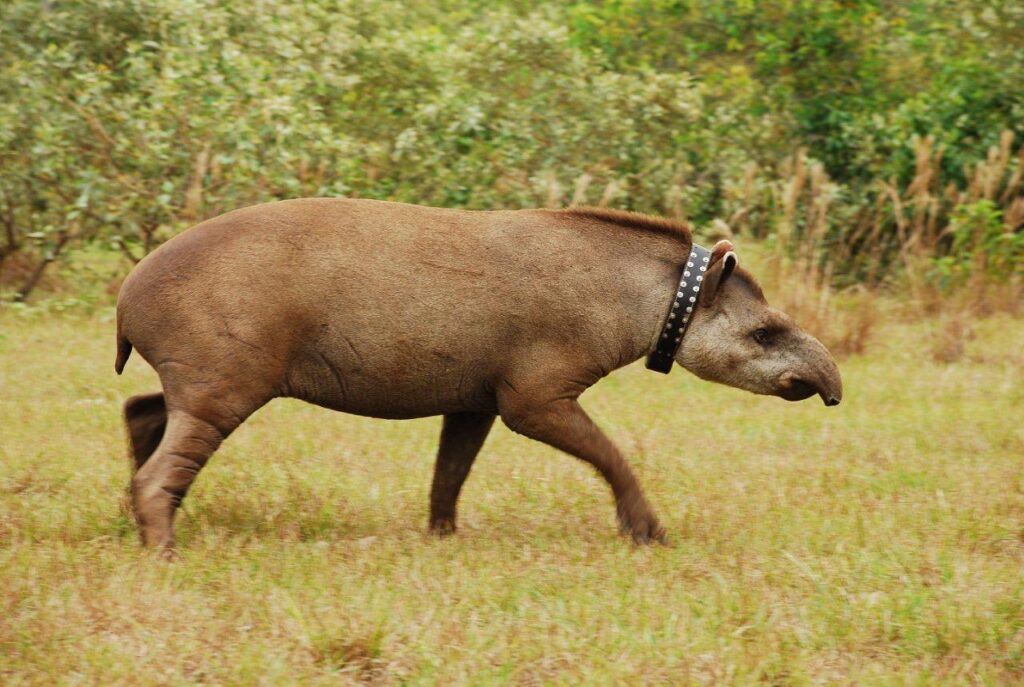
The work for the conservation of the lowland tapir began in the Atlantic Forest and expanded to the Pantanal and Cerrado in Mato Grosso do Sul. More than 20 years of work have resulted in the most complete and detailed database, which is fundamental to plan actions for the conservation of the species.
National Initiative for Lowland Tapir Conservation
From 1996 to 2007, IPÊ developed a research and conservation program for the Brazilian tapir in the Atlantic Forest of Pontal do Paranapanema (SP) which generated a huge database of information on the species. In 2008, the project evolved into a national approach to cover more of Brazil’s biomes. Thus, the National Initiative for the Conservation of the Brazilian Tapir (INCAB) was created.
The Pantanal has been the focus of research into tapirs since 2008. In the Mato Grosso do Sul region, the threats and conservation problems for the species are quite diverse and there has never been a long-term study of the Brazilian tapir in this area. There, the aim is to obtain demographic, genetic and health data on tapirs, information on habitat use and the mosaic of characteristic natural fragments, with the aim of establishing a long-term research and conservation program and supporting plans for the conservation of the species in the region.
In 2015, the project expanded to the Cerrado of Mato Grosso do Sul. About 300 kilometers from the capital Campo Grande, the research is assessing the impact of different threats to tapirs in the biome, such as the advance of agriculture and livestock on the habitat, pesticides and the relationship with the health of tapirs living in the area, as well as road accidents on highways that cut through the state, which are a major threat to the life of the species in the region.
The National Initiative for the Conservation of the Brazilian Tapir (INCAB) now has the largest database on the species in the world, and its research methodologies and results support scientists working with various tapir species in several countries. The data is made available to help implement measures that can support the protection of the species in all the Brazilian biomes where it occurs.
The Pantanal is one of the largest continuous wetland areas on the planet, covering around 160,000 km² of low-altitude floodplains in the upper part of the Paraguay River and tributaries, in the center of the South American continent. The vegetation is influenced by four biomes: Amazon Forest, Cerrado (predominant), Chaco and Atlantic Forest. Summer (November-March) is hot and rainy, while winter (April-October) has relatively lower temperatures and dry periods. The main ecological factor that determines the processes and patterns of the Pantanal are flood pulses, which follow an annual, monomodal cycle, with an amplitude of 2 to 5 meters and a duration of 3 to 6 months. The Pantanal is also subject to variations in flood intensity, alternating between years of intense flooding and drier years.
The different sedimentation patterns of the Paraguay River and its tributaries caused by the alternation between wet and dry periods led to the mosaic of geomorphological formations found in the Pantanal. This complex mosaic of habitats, soil types and flooding regimes is responsible for the wide variety of plant formations and diverse landscapes, creating the necessary conditions for a rich terrestrial and aquatic biota. 16 classes of vegetation (phytophysiognomies) were identified in the Pantanal, the most important being grasses (31%), cerradão (22%), cerrado (14%), swamps and flooded areas (7%), semi-deciduous forest ( 4%), and gallery forest (2.4%).
The region is distinguished by its extraordinary concentration and abundance of wildlife. At a national level, the Pantanal is recognized as “National Heritage” by the Brazilian Constitution of 1988, while at an international level this biome has already been recognized by a series of conventions such as Ramsar, Convention on Biological Diversity, United Nations Climate Change Convention , Convention on Migratory Species and the World Heritage Convention. Currently, there are a total of 360,000 hectares under some category of protection, corresponding to just 2.6% of the Brazilian Pantanal.
Historically, the Pantanal has never received much attention from the national governments of Brazil, Bolivia and Paraguay, the three countries in which this biome is located. However, during the last decades, the expansion of agricultural frontiers and economic and political changes have placed the region at the forefront of developmental discussions and planning. The governments of the three countries have made great efforts to include the Pantanal region in their respective national economic development programs, which is particularly evident in Brazil, which holds around 85% of the Pantanal area. In the mid-1970s, the Brazilian government began a series of major development programs for the Pantanal, aimed at intensifying the use of the region's natural resources and integrating it into the country's national development plan, especially through construction of roads and electricity transmission networks. Since then, nine hydroelectric plants with a total capacity of 323MW have been built in the Pantanal, the project to establish the Bolivia-Brazil gas pipeline crossing the Pantanal from Corumbá to Campo Grande continues to progress; and there is enormous pressure to change the course and channel the Paraguay River in order to facilitate the river transport of grains and ores to the Atlantic Ocean (Paraguay-Paraná waterway). Indiscriminate development and disorderly use of the region's natural resources can lead to large-scale and irreversible degradation, seriously affecting the living conditions of human populations and wildlife in the Pantanal.
Another major threat to the integrity of this biome is the fact that traditional low-intensity livestock farming methods are rapidly being replaced by more intense forms of livestock management. During the past two centuries, low-intensity livestock farming has been one of the main economic activities in the Pantanal. Due to the fact that this type of livestock management maintains the structure, function, biodiversity and beauty of the landscape, it has been considered a very sustainable method of using the Pantanal's natural resources. Currently, livestock farming continues to be the main economic activity in the region, with approximately 95% of the Pantanal being made up of private properties with an average size of 10,000 hectares. However, growing economic pressure has led traditional livestock farmers to increase the number of heads of cattle per unit area with the intention of increasing the efficiency of meat production and the economic return of the farms. As a result, what can be observed is the exhaustion of pastures and the conversion of natural pastures into artificial pastures through the introduction of exotic grasses (500,000 hectares of deforested areas during the last 25 years). In 2000, the total area of original vegetation that had already been replaced by exotic grasses was estimated at 12,200 km². As a consequence, these activities must have already affected around 40% of the forest and savannah habitats of the Brazilian Pantanal.
From 1996 to 2007, IPÊ developed a research and conservation program for the Brazilian Tapir in the Atlantic Forest of the Pontal do Paranapanema region, São Paulo. This program generated a huge database of information about the species.
In 2008, the team considered that the time had come to use this experience to expand its research and conservation initiatives for the species to other Brazilian biomes and the National Initiative for the Conservation of the Brazilian Tapir was established. The first “stop” was the Pantanal, where the threats and conservation issues for the species are quite diverse and where a long-term study on the Brazilian Tapir had never been carried out. The primary goal of the Tapir Pantanal Program is to obtain data on the demography, genetics and health of tapirs, as well as information on habitat use and the mosaic of natural fragments characteristic of many regions of the Pantanal, aiming to establish a long-term research and conservation program. term and support the formulation of recommendations for the conservation of the species in the region. After the Pantanal, we will take the necessary steps to establish similar programs in the Amazon and Cerrado biomes.
Research on the Brazilian Tapir has evolved significantly in recent years and a lot of information has been produced through research projects in several countries within its range. However, information obtained from different countries and different habitat types demonstrates that the tapir has very different ecological requirements in different areas. By establishing new research initiatives on the tapir in different Brazilian biomes, IPÊ hopes to create a comparative perspective for the conservation of the species, investigating its ecology in biomes other than the Atlantic Forest. With this, we will have a clearer understanding of these animals in different biomes, with different landscape matrices and under different levels of environmental disturbance. Thus, we will be able to better understand the ecology of these animals and their needs in terms of conservation, as well as assess the importance and magnitude of ecological factors affecting the different populations existing in the country. Finally, we will have all the necessary tools to promote the development and effective implementation of conservation and management strategies for specific lowland tapir populations throughout their distribution area.
The main goal of the Pantanal Tapir Program is to maintain a long-term project for the study and monitoring of the Brazilian Tapir in the Brazilian Pantanal. Specifically, the project has been evaluating population demography, habitat use and movements across the landscape, genetic status and health status of the tapir population at Fazenda Baía das Pedras, located in the ecological sub-region of Nhecolândia, State of Mato Grosso do Sul. Subsequently, This information will be used to assess the conservation status of the Brazilian Tapir and the viability of its populations in the Pantanal, generating support for the formulation and implementation of recommendations for the conservation of the species in the region.
Additionally, we are comparing the data and information collected in the Pantanal with the results previously obtained during the Anta Mata Atlântica Program. Through the use of this comparative perspective we hope to be better prepared to understand the importance and magnitude of ecological factors affecting Tapir populations throughout their geographic range.
Since March 2015, IPÊ's studies on the Brazilian Tapir (Tapirus terrestris) have included new areas in the Cerrado, in Mato Grosso do Sul. Around 300 kilometers from the capital Campo Grande, research by the National Initiative for the Conservation of Brazilian Tapir (INCAB) assess the impact of different threats to tapirs in the biome. The new data will increase knowledge about the species in yet another important natural area.
Research on the Brazilian tapir has already taken place in the Atlantic Forest, in the Pontal do Paranapanema region (from 1996 to 2008), and continues to take place in the Pantanal of Mato Grosso do Sul (since 2008).
In the Cerrado, impacts related to threats such as being run over on highways, the advancement of large-scale agriculture (soy and sugarcane), high-density livestock farming, hunting and many other threats present that impact life and consequently the survival of the species are analyzed. Roadkills even began to be mapped in 2013, before the project was established in the region, with relevant data on the loss of species due to roadkill. (See more in Cerrado Development)
The expansion of the project to the Cerrado was made possible by the Continuation Funding Awards, an award received by the researcher in 2014 through the British organization Whitley Fund for Nature (WFN).
Previous research results indicate that the survival of the Brazilian tapir in the Cerrado of Mato Grosso do Sul (MS) is under constant threat, due to human actions. In the region, a series of activities put the species' life at risk, such as the removal of forests for the development of agribusiness (sugar cane, soybeans and other crops). However, the threat that has drawn the most attention throughout the research is pedestrian collisions on the highways that cross the state.
In just seven stretches of roads in Mato Grosso do Sul (BR-267, BR-163, MS-040, MS-145, MS-134 and two stretches of BR-262), during the 3-year monitoring period (started in 2013), INCAB researchers found 117 tapirs killed by being run over, including calves. This means an average of almost 4 individuals per month, on a length of around 1,450 kilometers of highways. (Data up to 06/01/2016)
The studied region has a very altered environment and an extremely anthropic landscape, crossed by very busy highways and completely without signs for the presence of animals. The surveys also recorded (until 06/01/2016) 14 deaths of people involved in collisions with tapirs on MS highways.
The tapir is an animal with a very long reproductive cycle, it takes 13 to 14 months for the gestation of a single calf, which may or may not survive. The species is considered the “gardener of forests” due to its high potential to disperse seeds that give rise to new trees and plants within its areas of use. Losing up to 4 individuals each month puts this animal in a high-risk situation both for its survival as a species and for the maintenance of our forests.
The fresh carcasses of run-over tapirs are subjected to necropsy and sampled as part of health studies carried out by the INCAB team of veterinarians. Several biological samples collected during necropsies are analyzed for the presence of chemicals and pesticides.
With the serious threat on these highways, researchers are racing against time for tapirs to survive in the Cerrado of MS. In addition to monitoring roadkill, INCAB also captures individuals for research. Over 2 thousand km² in this area cut out by plantations and livestock, the captured tapirs are collared for satellite monitoring (with the aim of investigating how the animals use the landscape) and are evaluated regarding their health (presence of infectious diseases, poisoning by pesticides among other parameters indicative of health) and genetics. .
The results of all these integrated lines of research (monitoring of road kills, use of telemetry to study the use of space and the anthropized landscape and health and genetic analyses) will be used to seek strategies to mitigate threats affecting the species in the region. They are already part of the largest and most complete database on Brazilian tapirs in the world, the result of 20 years of work by INCAB, completed in 2016.
Relatório Final - ATROPELAMENTOS DE ANTAS NO CERRADO
Relatório Parcial Atropelamentos Cerrado
Relatório Técnico Impacto de Agrotóxicos e Metais pesados na Anta Brasileira
Patrícia Medici
M.Sc. in Ecology, Conservation and Wildlife Management
Ph.D. Biodiversity Management, DICE, University of Kent, England
Coordinator, National Initiative for the Conservation of Tapirs
President, IUCN/SSC Tapir Specialist Group (TSG)
E-mail: epmedici@uol.com.br ou medici@ipe.org.br
Renata C. Fernandes SantosVeterinária
Caroline TestaVeterinária
Hotsite Anta:
www.tapirconservation.org.br
Facebook Patrícia Medici Personal Profile:
www.facebook.com/patricia.medici?ref=profile
Facebook Lowland Tapir Conservation Initiative CAUSE:
www.causes.com/causes/292707?m=0d43bb06
Youtube Channel National Initiative for the Conservation of the Brazilian Tapir:
www.youtube.com/patriciamedici
IUCN/SSC Tapir Specialist Group (TSG):
www.tapirs.org
IUCN Red List Lowland Tapirs:
www.iucnredlist.org/apps/redlist/details/21474/0
WAZA Tapir Profile:
http://www.waza.org/en/site/conservation/waza-conservation-projects/lowland-tapir-conservation-initiative
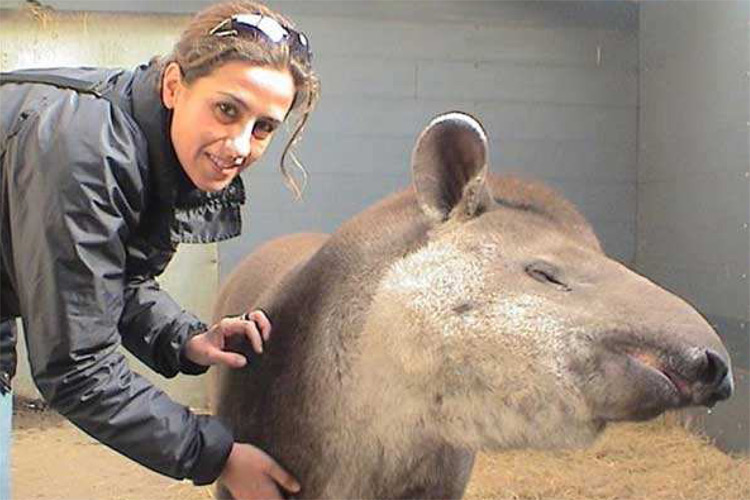
Here is a list of the main awards and publications received by the Pantanal Project.
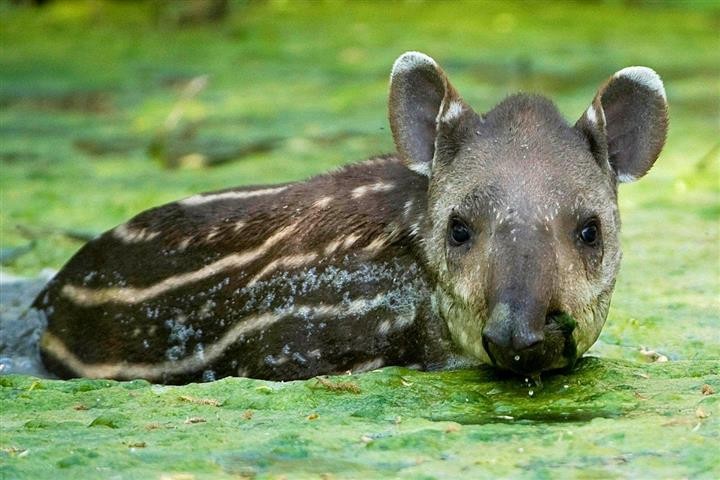

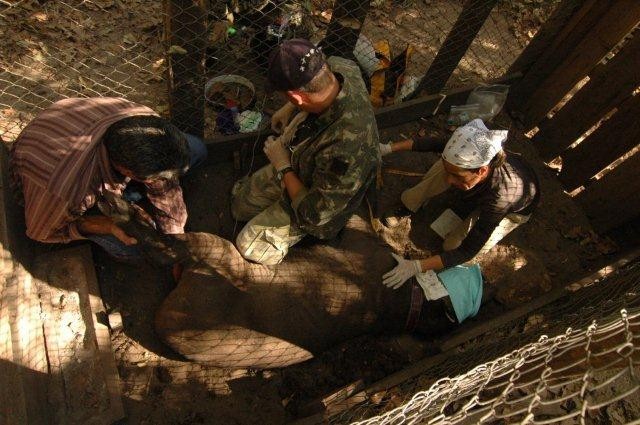
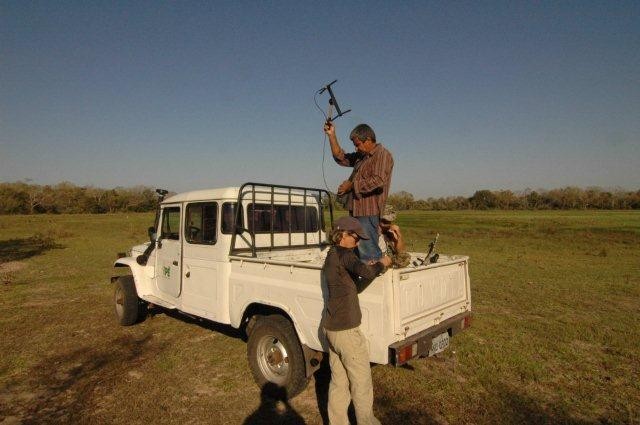
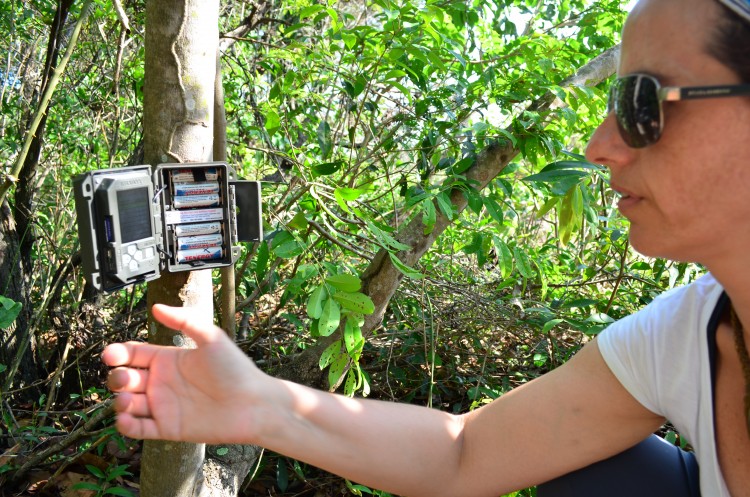

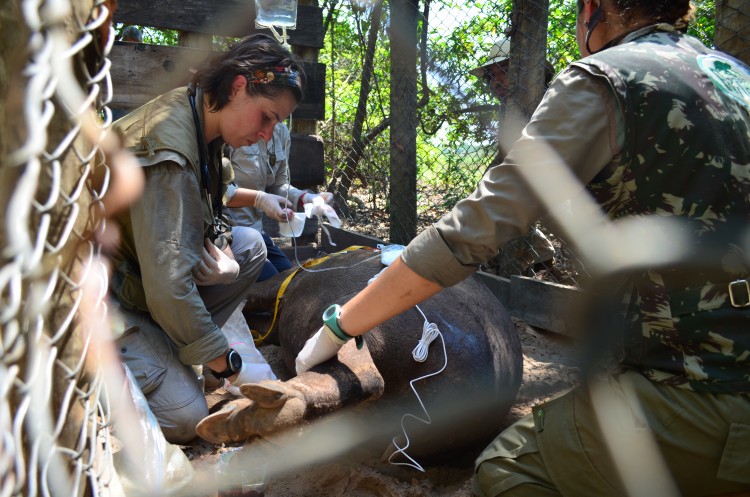
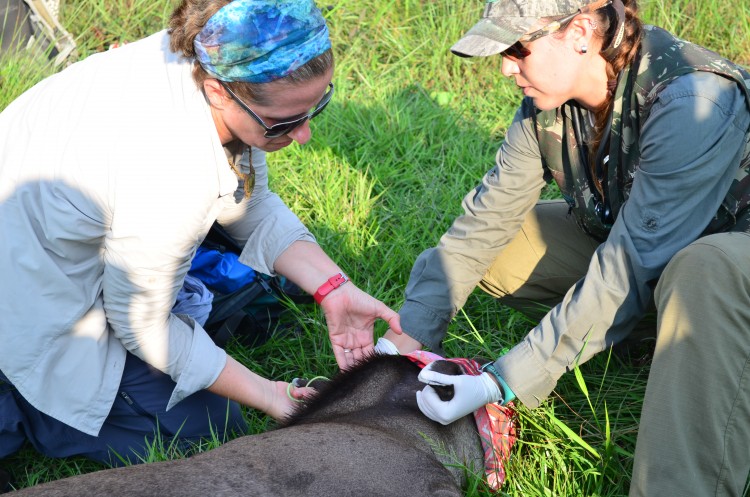
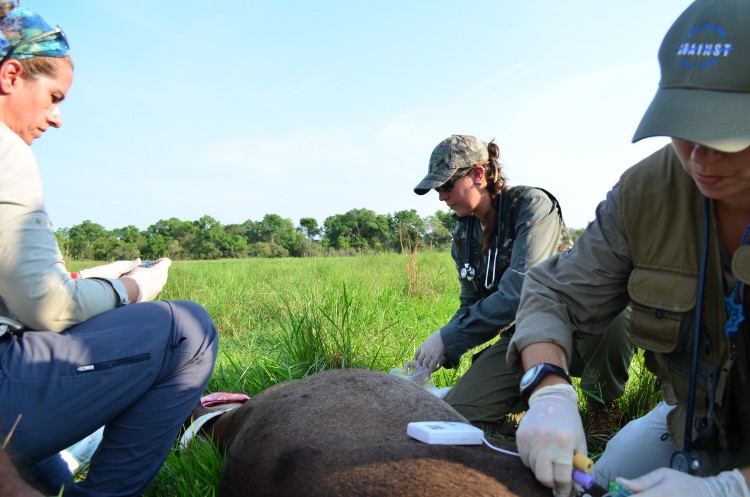
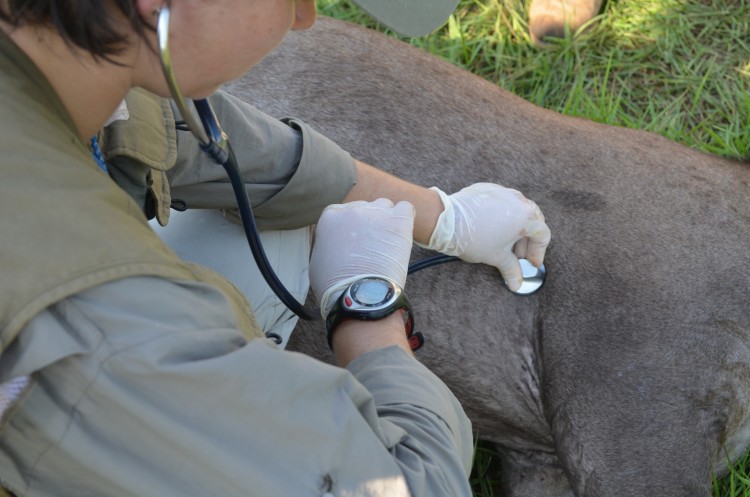
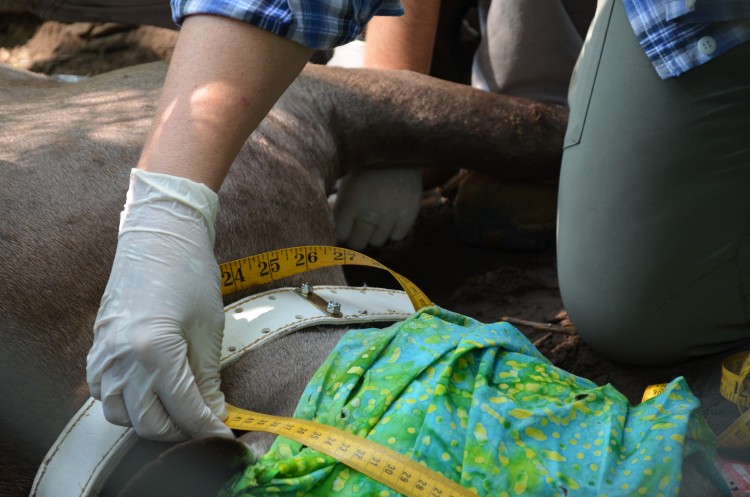
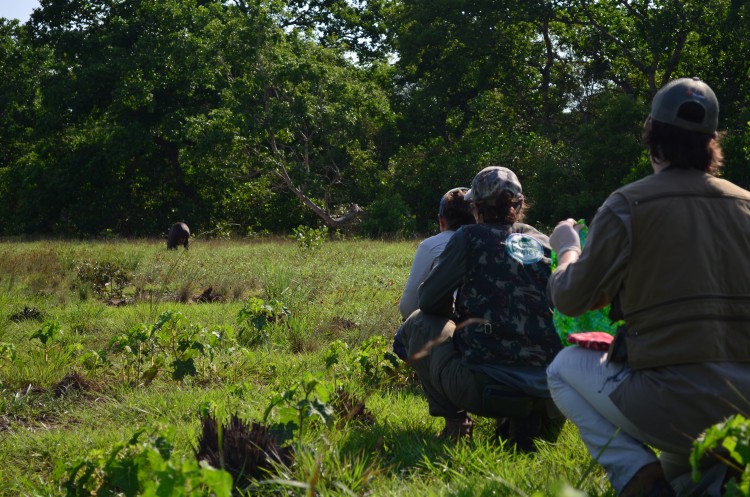
Rod. Dom Pedro I, km 47
Nazaré Paulista, SP, Brasil
Caixa Postal 47 – 12960-000
Tel: (11) 3590-0041
Termos de Uso | Estatuto
Copyright © Ipê – Instituto de Pesquisas Ecológicas.
Email: ipe@ipe.org.br